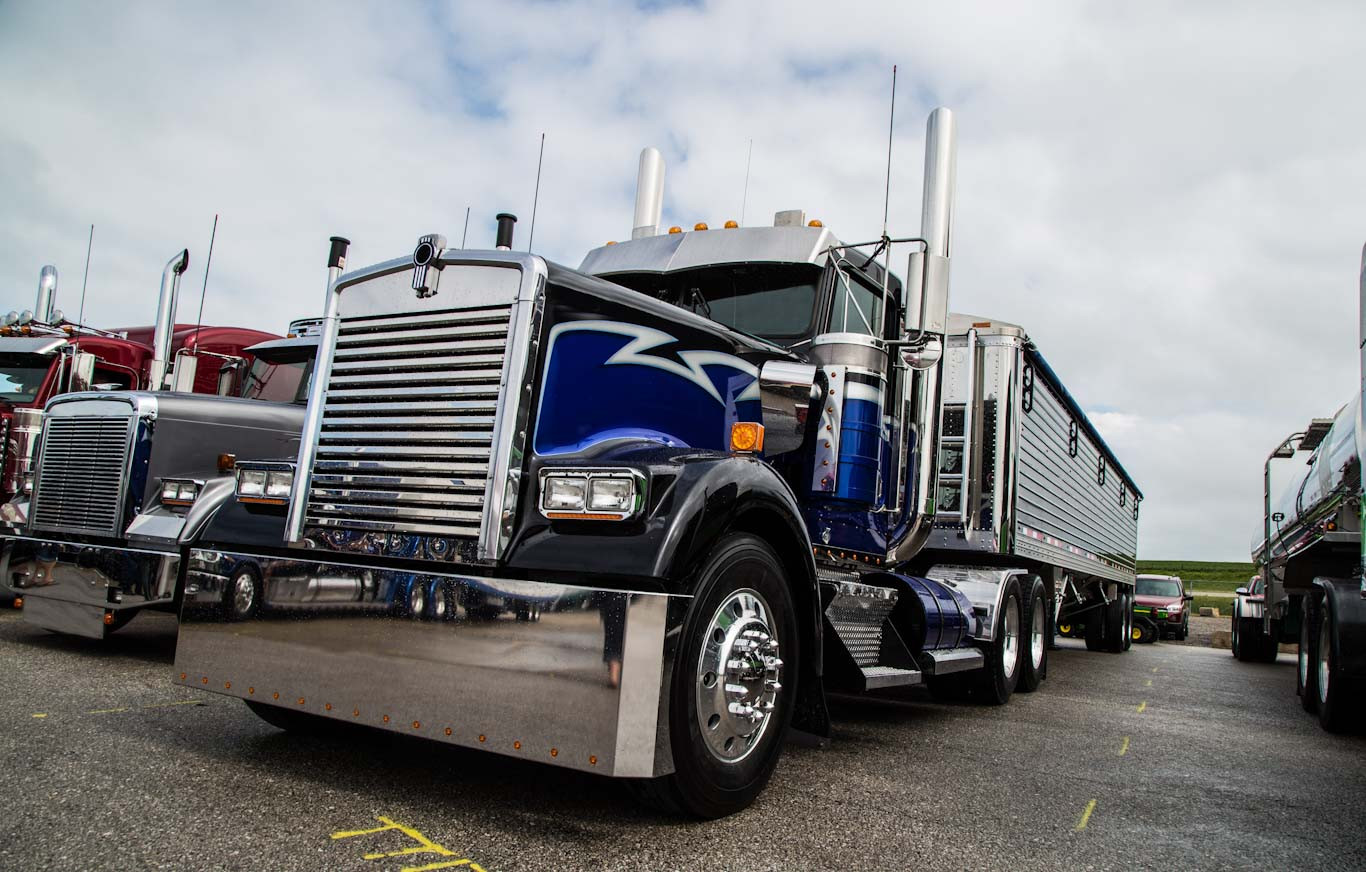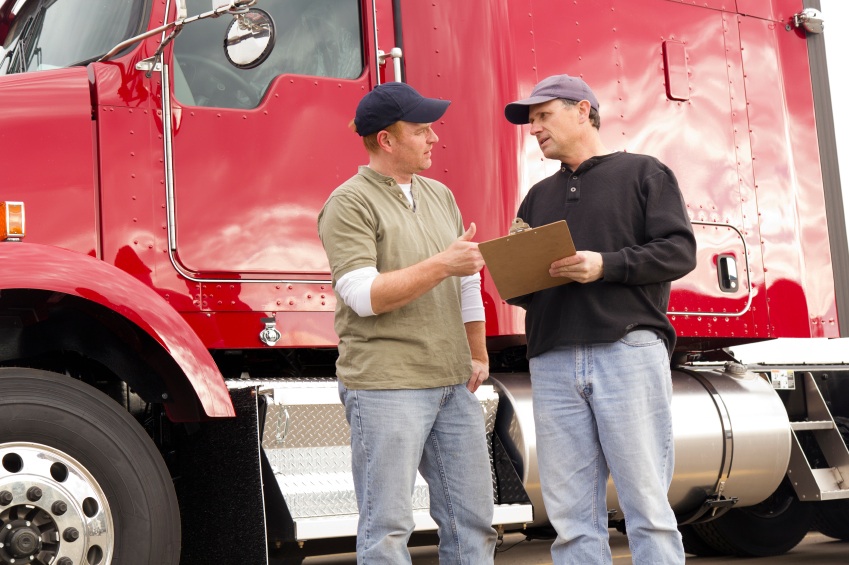Why People Hate Semi-Trucks: Fear, Frustration, and the Truth Behind the Wheel
Sep 12, 2025 in Tips and TricksOn the open highway, few sights are as common—or as polarizing—as the semi-truck. Towering over traffic, weighing up to 80,000 pounds, and stretching nearly 70 feet, these machines are both the lifeblood of the economy and the bane of many motorists.
Scroll through online forums and you’ll find heated debates. Some drivers share stories of respect, pointing out the skill and endurance it takes to drive cross-country. Others, however, vent frustrations that range from traffic jams to terrifying near-misses. The conversation reveals a complicated relationship between the public and the rigs that keep the nation moving.
The Fear Factor
For many, the dislike stems from something primal: fear. Passenger cars feel small and vulnerable next to the towering walls of steel. Passing between two semis on a narrow stretch of highway is enough to make palms sweat. Some drivers admit to an irrational worry that a truck might tip over on them mid-pass.
Accidents—or even close calls—amplify that anxiety. When a vehicle weighing 40 tons drifts too close or forces a sudden maneuver, the consequences are far more severe than a fender-bender. “I was run off the road once in winter, and I’ll never forget it,” one commenter wrote. “Now I distrust them all.”
Traffic Tensions
Then there’s the frustration. Motorists frequently complain about “elephant races,” when one semi slowly overtakes another, blocking lanes for miles. Others describe the irritation of being boxed in on multi-lane highways or crawling behind two rigs locked in an unhurried duel.
To commuters, it feels like an affront. To truckers, it’s often just reality—speed governors, strict delivery schedules, and limited opportunities to pass. Still, the perception sticks: semis clog traffic and slow everyone else down.
Skill Gaps and Industry Pressures
Respect for experienced truckers runs deep, even among critics. Seasoned drivers are praised for their steady handling, patience, and awareness of traffic. The problem, many say, lies in the system. Trucking schools push out new drivers quickly, often without adequate training or mentorship.
When inexperienced drivers make mistakes, the public notices. Wide turns, lane drifting, and poor decisions in bad weather all contribute to the image that truckers are careless—even when most are not.
Bad Apples and Lasting Reputations
A handful of negative encounters fuel much of the resentment. Tales of semis tailgating, cutting off cars, or speeding through blizzards are common in comment sections. More troubling are stories of harassment, especially from women who’ve felt followed or intimidated on lonely stretches of highway.
The reality is that truckers, like any group of drivers, include both professionals and problem cases. But when a “bad apple” weighs 40 tons, the consequences of poor judgment are magnified.
Bigger Questions: Trucks vs. Infrastructure
Not all criticism is aimed at drivers. Some argue the issue is systemic—too many trucks on roads designed for smaller, faster vehicles. Calls for improved rail systems or dedicated truck lanes highlight the tension between freight needs and public safety. The debate underscores a deeper frustration: people don’t hate trucks so much as they hate sharing the road with them.
What Truckers Can Do to Improve Their Image
Truckers can’t control every opinion—but there are ways to build goodwill and counter negative stereotypes:
-
Practice Patience in Passing. Avoid elephant races when possible; let traffic flow before making long passes.
-
Signal Early and Clearly. A few extra blinks before changing lanes helps reassure motorists that the move is intentional, not sudden.
-
Show Courtesy. Giving cars space in merges and resisting tailgating goes a long way in changing perceptions.
-
Be Weather-Wise. Slowing down in snow, rain, and ice demonstrates professionalism and eases fears.
-
Model Professionalism. For newcomers especially, avoiding aggressive behavior, harassment, or distracted driving builds trust.
-
Share the Story. Many drivers don’t realize how demanding trucking is. By sharing their experiences—through blogs, videos, or casual conversation—truckers can humanize the profession and highlight its importance.
Small gestures and consistent professionalism create ripple effects, slowly shifting public perception from fear and frustration toward respect.



